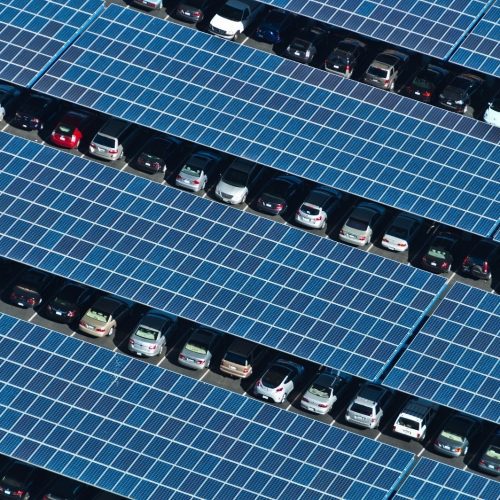Senate Bill 1148: Enabling resilience through Master Metering
This blog post explains why the Clean Coalition is facilitating SB 1148.
Read More
Obstacles and success stories
In the US, unlike in Germany, there is a lack of policy support for the wholesale distributed generation (WDG) market segment. Existing policies have focused primarily on driving deployment of large-scale renewables through Renewable Portfolio Standards, as well as small, customer-sited renewables — like residential rooftop solar — through net energy metering (NEM). The critically underserved WDG commercial-scale market segment must be addressed, as it offers a tremendous opportunity for cost-effective clean local energy.
NEM is indisputably effective for deploying retail DG. It works best for residential installations, as it typically credits customers at their retail rate for any energy exported back to the grid. Unfortunately, NEM does not effectively address the commercial-scale solar segment. Los Angeles Mayor Eric Garcetti explained, “Until L.A.’s FIT was launched, 75 percent of our city’s rooftop market was ineligible for solar because of insufficient load or because so many buildings are non-owner occupied or multi-tenant.” For properties in any of these situations, net metering is not an effective policy. We need a policy that supports the development of WDG projects to bring the vast majority of these commercial properties into play.
Georgia Power has emerged as a leading solar utility with roughly 900 megawatts (MW) of solar-generated electricity on its grid. The vast majority of this capacity came online through Georgia Power’s highly successful Advanced Solar Initiative, which was launched in 2012 and had a specific focus on expanding the WDG market.
Georgia Power began the Advanced Solar Initiative by bringing 210 MW of solar online across the residential, commercial and industrial, and utility-scale segments. In 2013, Georgia Power increased the Advanced Solar Initiative to 735 MW. Of this total capacity, 190 MW were carved out for wholesale DG projects, and all of this capacity has been built.
In Gainesville, Florida, Gainesville Regional Utilities implemented a FIT in 2009 that drove more than a 3,500% percent growth in local solar capacity during the program’s first three years and created hundreds of local jobs.


FITs are the only approach that has been proven to unleash wholesale distributed generation. Net energy metering does not work well for this market segment, and auctions are costly, slow, and ineffective.
Learn more
Cities and states around the country are already using FITs to deliver cost-effective renewable energy, strengthen local economies, foster environmental sustainability, and enhance energy security.
Learn moreThe latest in clean local energy
Learn about our innovative projects and initiatives on our blog, and see what others are reporting about our important work.
This blog post explains why the Clean Coalition is facilitating SB 1148.
Read MoreIn this Legislative Roundup written by the Clean Coalition, we lay out the key DER energy-related bills currently making their way through the California legislature this year.
Read MoreA letter signed by 18 members of Congress from California, cites the Clean Coalition's work while expressing concern about the Income Graduated Fixed Charge proceeding at the CPUC.
Read article